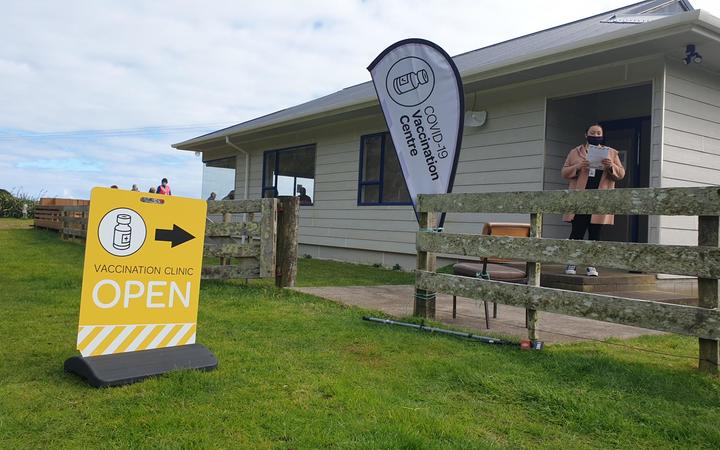By RNZ.co.nz and is republished with permission
Ninety-percent of Māori will have received their first dose of the Covid-19 vaccine by the end of the day.

Ministry of Health said as of 11am today, vaccinators were just 142 doses away from reaching the milestone.
There are 209 community cases reported today, in Northland, Auckland, Waikato, Lakes, Tairāwhiti, Hawke’s Bay, MidCentral and Bay of Plenty, where a resident at a rest-home has tested positive.
Three cases in Nelson/Marlborough will be added to the official tally tomorrow.
While overall, Māori are expected to reach the 90 percent milestone today, rates differ for each DHB.
Ninety-five percent of Māori aged 12 and over at Canterbury and Capital and Coast DHBs are already partially vaccinated,
Northland and Whangarei have the lowest rates for Māori aged 12 and over, with 86 percent in their areas partially vaccinated.
In total, 513,799 Māori aged 12 and over and 115,562 tamariki aged between 5 and 11 are partially vaccinated, according to the ministry’s latest vaccination data.
Covid-19 Māori health analyst Rāwiri Taonui told Local Democracy Reporting yesterday that Māori vaccination numbers throughout the country were concerning and had to be lifted urgently before the Omicron variant took hold.
“There’s an impression that Omicron causes milder disease and that’s true but the scale of cases is so large that even a small percentage of severe illnesses is quite a serious situation.”
Taonui said the ministry’s data showed 18 percent of tamariki Māori nationwide had their first vaccination compared to 33 percent for all ethnicities. But the gap was much wider due to an undercount of more than 12,000 in the index the ministry used to count vaccinations and the estimated number of tamariki Māori, he said.
“That gap is closer to 25 or 26 percent. A more accurate calculation of the tamariki vaccination is 16.1 percent for Māori compared to 40.9 percent for non-Māori/Pacific.”
Taonui was calling on the government to cut the wait time between first and second child vaccinations from eight weeks to three, and to prioritise the tamariki Māori vaccination rollout to avoid repeating the inequities of the national vaccination programme to date.
“This includes targeting low-decile schools with large Māori enrolments,” Taonui said.
“At the moment Māori cases are very low. But at some point there’s going to be a vector by which Omicron begins to make its way into our community and that is likely to come when our children go back to school and begin mixing with kids from other communities and take the virus home.”
The ministry had to release tamariki Māori data to the Whānau Ora Commissioning Agency and other Māori health providers to help them quickly locate children who had yet to be vaccinated, he said.
